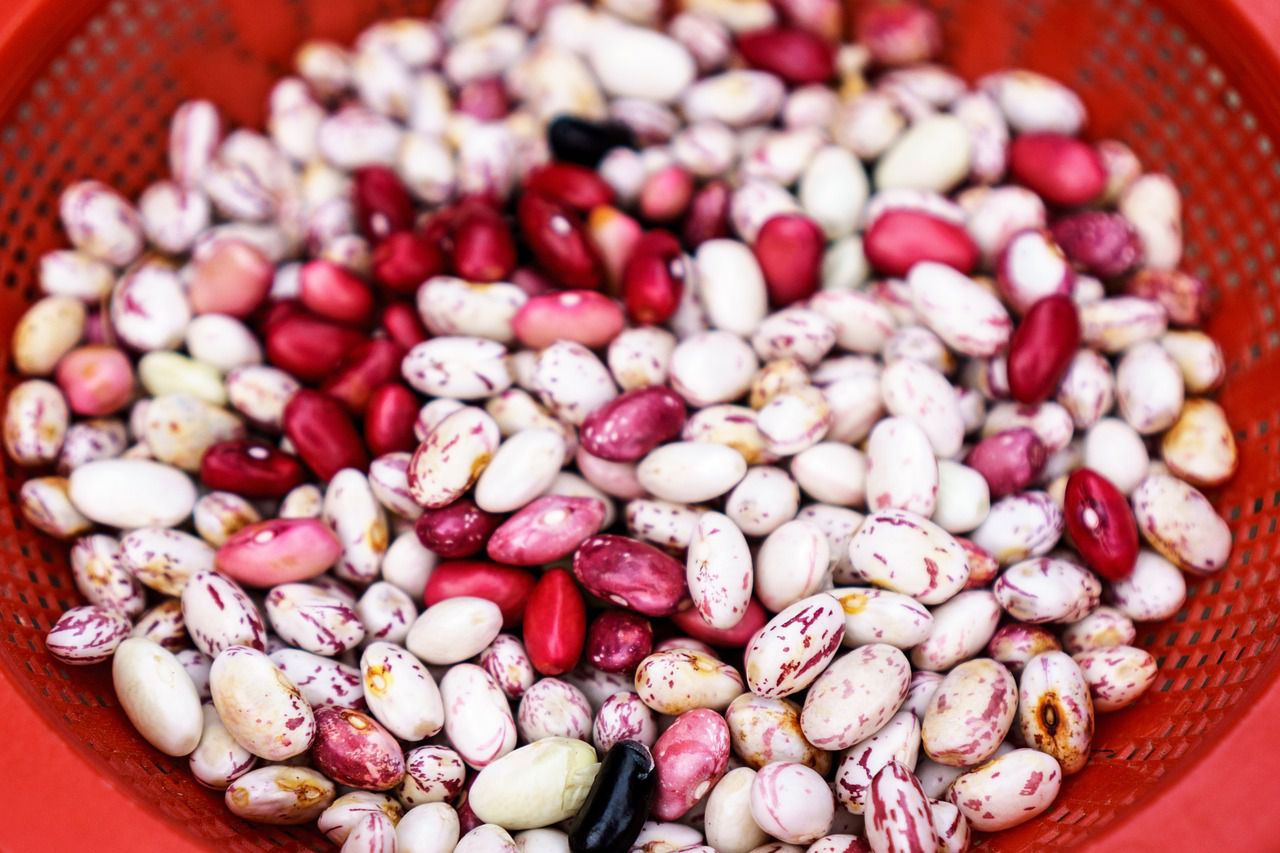Both red and white beans offer numerous health benefits and are nutritious additions to your diet.
The choice between them often comes down to personal preference and the specific nutrients you're looking for in your meals.
Let's start the comparison with red beans.

Colorful Antioxidants
Red beans get their color from anthocyanins, which are antioxidants that may have various health benefits, including anti-inflammatory properties and potential heart health benefits.
Folate
Red beans are a good source of folate (vitamin B9), which is important for cell division and can be particularly beneficial for pregnant women.
Iron
They also provide a decent amount of iron, a mineral essential for transporting oxygen in the blood.
Fiber
Red beans are rich in dietary fiber, which supports digestive health, helps maintain stable blood sugar levels, and can contribute to weight management.
Protein
They are a good source of plant-based protein, making them a valuable addition to vegetarian and vegan diets.
Now, let's talk about white beans.
Lower Calories
White beans typically have slightly fewer calories compared to red beans, which can be a consideration if you're monitoring calorie intake.
High Fiber
Like red beans, white beans are also high in fiber, promoting digestive health and aiding in weight management.
Minerals
White beans contain essential minerals like magnesium, potassium, and phosphorus, which are important for various bodily functions, including nerve and muscle function.
Protein
They are a good source of plant-based protein, similar to red beans, making them a valuable protein source for vegetarians and vegans.












